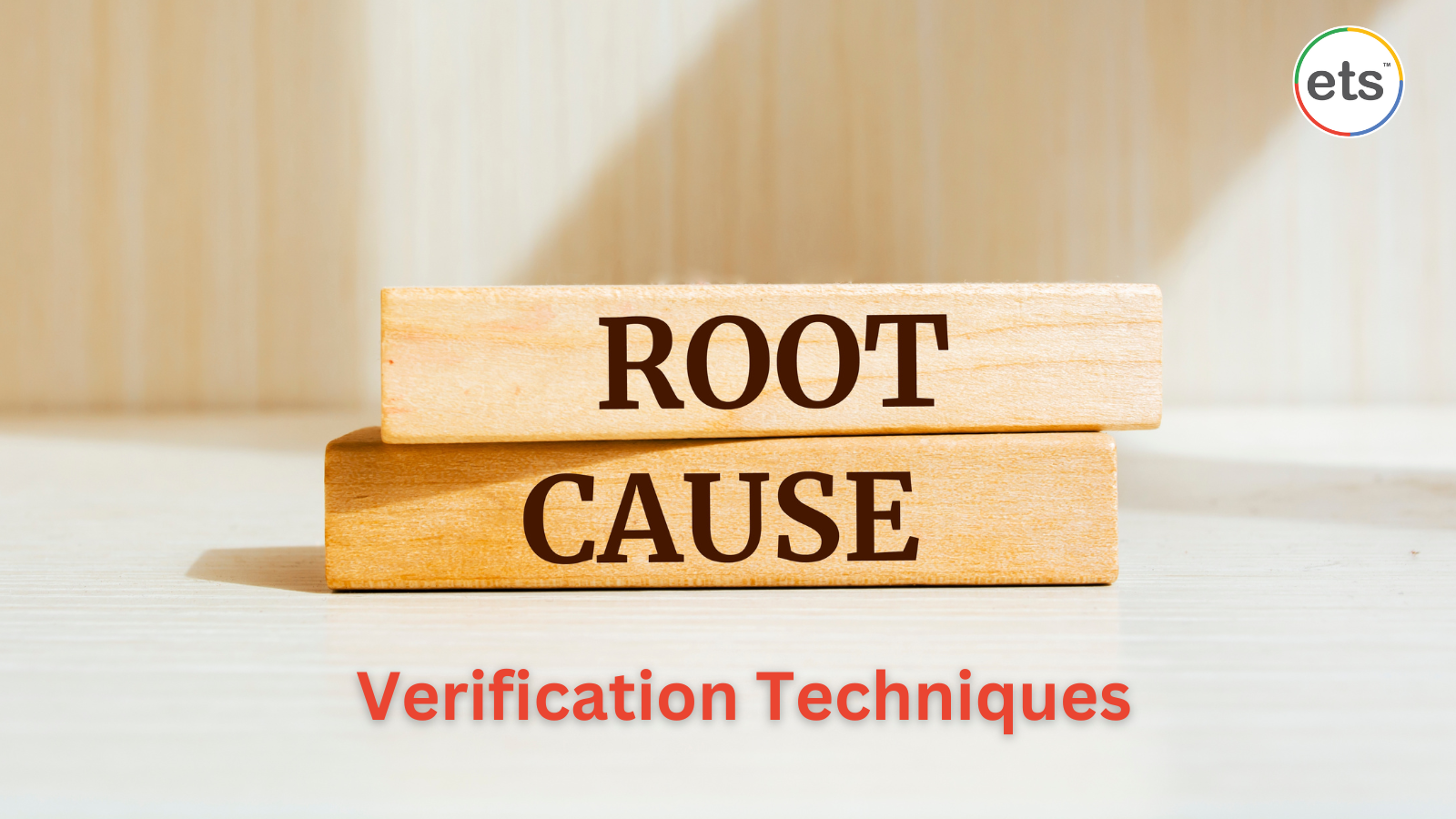
Root cause verification techniques run the gamut from uncertain to certain, with many shades of doubt in-between. There are generally six levels of root cause verification used in process improvement initiatives.
Level 1 – Guessing. This is a hit or miss approach that is most often found in Lean and Kaizen events which rely on the trial and error method. Sometimes you’re lucky, but sometimes you’re not. Techniques that fall into this category include Brainstorming, the Fishbone, and 5 Whys. While these approaches are useful for identifying possible causes, they don’t verify anything.
Level 2 – 3rd Party Informant. Opinions from others are often used to select root causes. You may trust their judgment, but how do they know? Techniques that fall into this category include expert opinions, interviews, and surveys. Anecdotal information might point you in a good direction, but it doesn’t verify root causes.
Level 3 – Direct Observation. You may see the suspected cause occurring, and might even be able to determine its frequency of occurrence. But just because it occurs when the problem is present, how do you know there’s a cause and effect relationship? Techniques that fall into this category include checksheets, Gemba Walks, and work sampling.
Level 4 – Correlation. You may be able to calculate the strength of a relationship between continuous variables, but correlation does not prove causation. Just because the crime rate and ice cream sales increase during the summer months, doesn’t mean one causes the other. Techniques that fall into this category include the Potential Cause Frequency Checksheet and Scatter Diagrams.
Level 5 – Probability. If you can’t be 100% certain, then it’s beneficial to know how likely a suspected cause is actually a root cause. Many techniques fall into this category including the wide range of hypothesis tests, including Analysis of Variance, Chi Square, and t-test.
Level 6 – Certainty. When you’re lucky enough to have a proven approach to compare to your situation, you can often do the math and prove cause and effect without relying on probabilities. For example, if machine capacity is the root cause, and a new machine is proven to double the capacity, then you have the hard data to prove it and quantify the impact. You didn’t need to guess, or perform any probabilistic calculations.
How Far to Go?
Verifying root causes is important, for sure. But there are also factors and considerations which may dictate which level is most appropriate for any given situation. When teaching, coaching teams or grading projects, I have found that being practical is helpful. Any countermeasure, project, investment, or decision to address a root cause can be assessed with five key criteria – Cost, Benefit, Likelihood of Failure, Consequences of failure, and Time Required for Decision. These can be placed in a matrix with each rated on a Likert Scale. If the final score is high, I’ll be looking for Levels 5 and 6 verification. If it’s a simple problem with an informal group applying techniques for the first time, then Levels 3 and 4 might be more acceptable. As a minimum, I always require Levels 1 and 2 analysis be followed by Level 3 and either Level 4 or 5, as appropriate.
You probably noticed that other techniques including bar charts, histograms, Pareto charts, and pie charts were not listed. These are typically used to identify problems and provide focus for root cause analysis.
Summary
Root cause analysis is a critical element of process improvement, and verification is key to successful and sustainable solutions. But there are other considerations which can influence the degree to which you need to go. Be pragmatic, learn from your experiences, and continue to strive for excellence.
